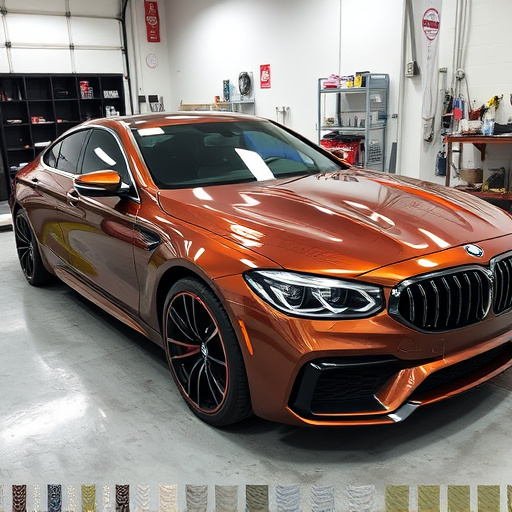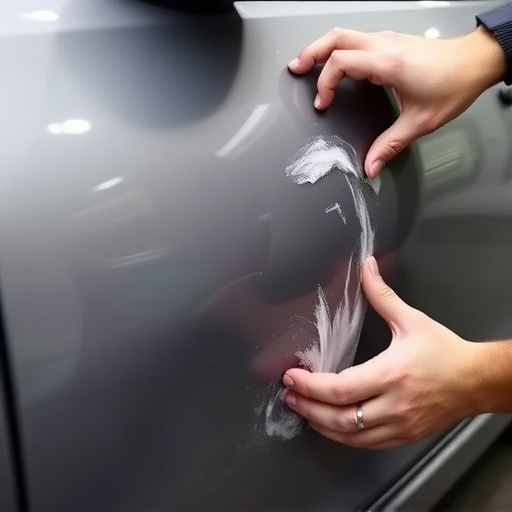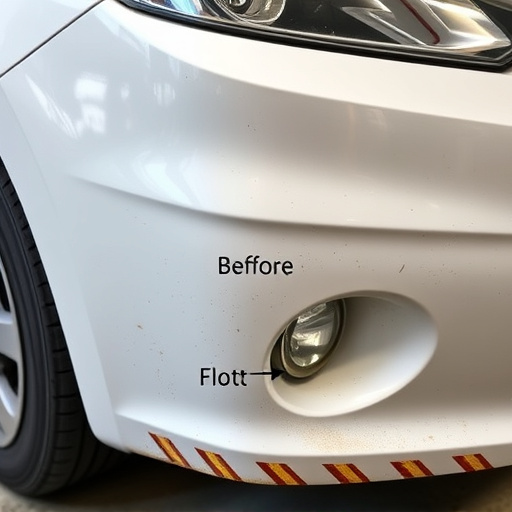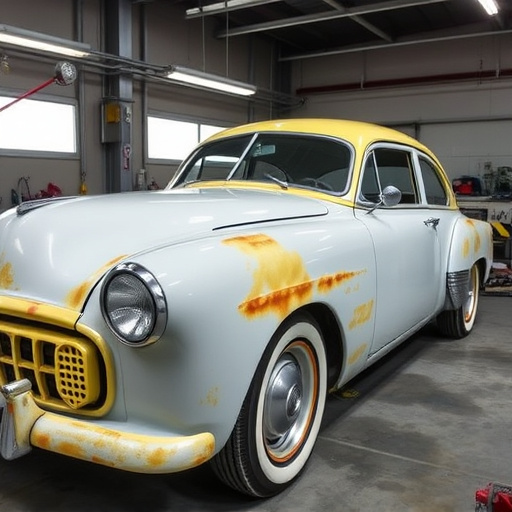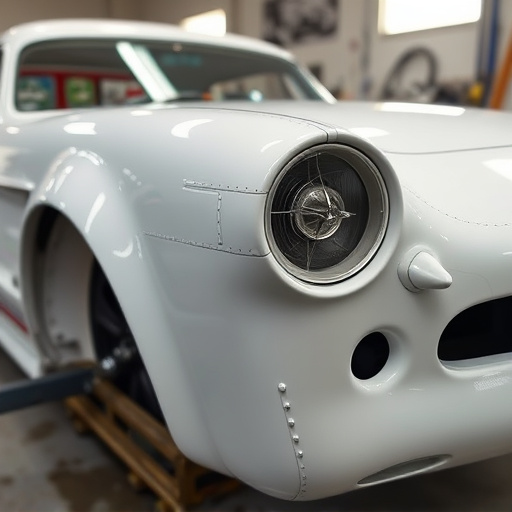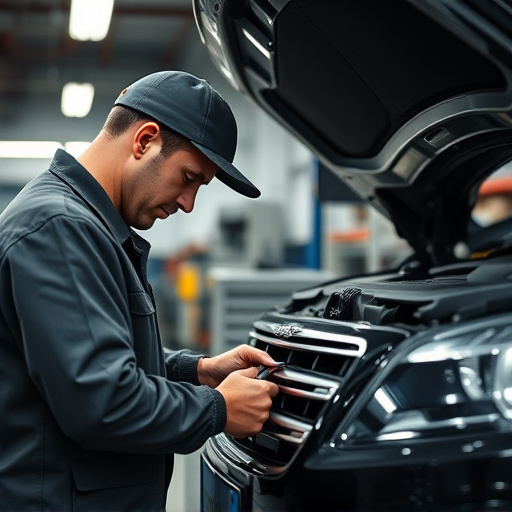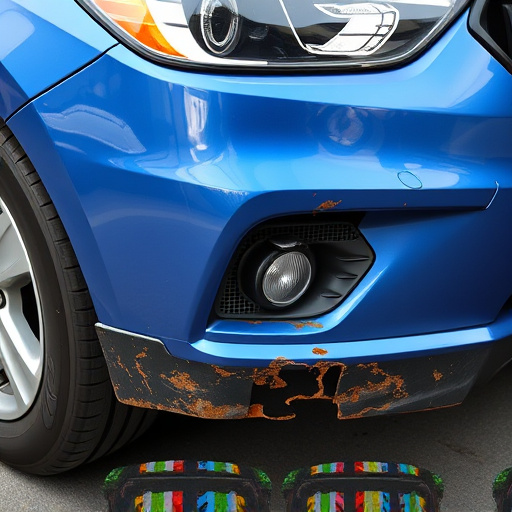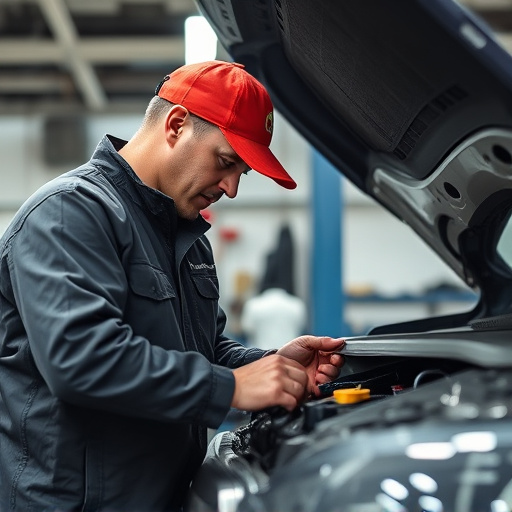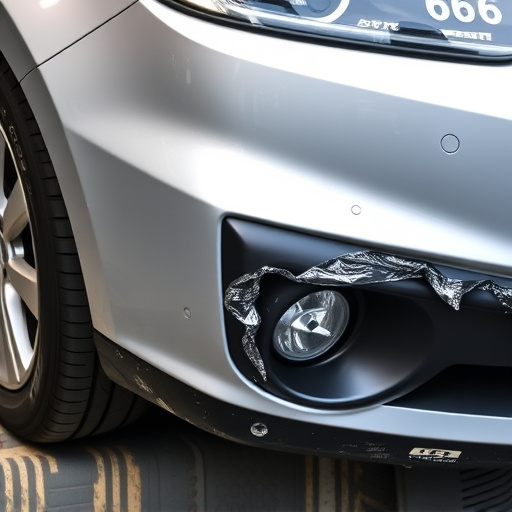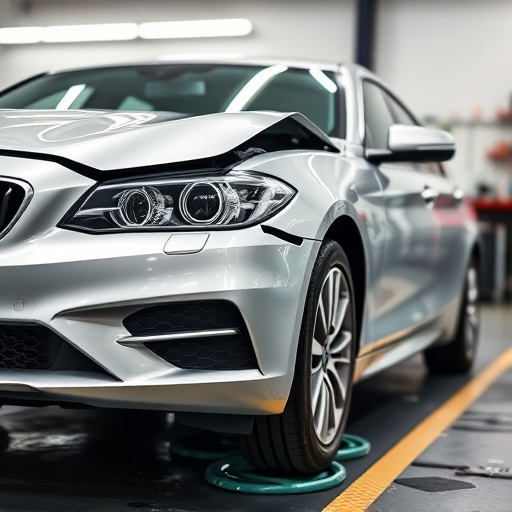Silicon bronze welding minimizes heat-affected zones (HAZ) in metal fabrication, especially for vehicle bodywork, offering superior precision, strength, and preservation of original material properties compared to traditional methods. Its unique composition and localized heat impact make it ideal for auto collision centers and paintless dent repair, ensuring top-tier quality and aesthetics in fabrication tasks like auto painting.
Silicon bronze welding is a game-changer in minimizing heat-affected zones (HAZ), a critical aspect of the welding process. This article delves into the science behind HAZ and why it’s essential for maintaining material properties. We explore the advantages of using silicon bronze, known for its superior heat resistance, and present effective techniques to further reduce HAZ. By understanding these strategies, welders can ensure high-quality, durable joint integrity in various applications.
- Understanding Heat-Affected Zones in Welding
- Advantages of Silicon Bronze for Reduced Heat Impact
- Effective Techniques to Minimize HAZ Further
Understanding Heat-Affected Zones in Welding
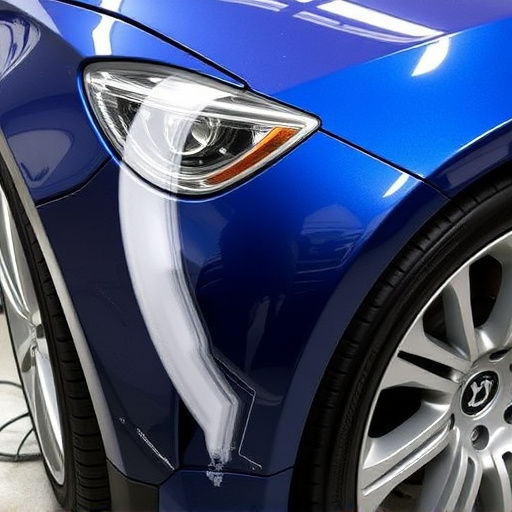
In the world of metal fabrication, especially in a vehicle body shop or tire services, understanding heat-affected zones (HAZ) is paramount for ensuring structural integrity and quality. HAZ refers to the area around a weld joint that experiences elevated temperatures during the welding process. This region can be significantly affected by the heat, leading to potential weaknesses, distortions, or changes in mechanical properties. In traditional welding methods, these heat-affected zones can result in reduced durability and performance, particularly in critical components like vehicle bodywork.
Silicon bronze welding emerges as a game-changer in minimizing HAZ. This specialized technique employs silicon bronze wire, known for its superior thermal stability, to create robust welds with minimal heat input. By strategically controlling the welding process, silicon bronze welding reduces the size and impact of heat-affected zones. This is particularly beneficial in maintaining the original material properties, especially in components where precision and strength are paramount, such as those found in top-tier vehicle bodywork applications.
Advantages of Silicon Bronze for Reduced Heat Impact
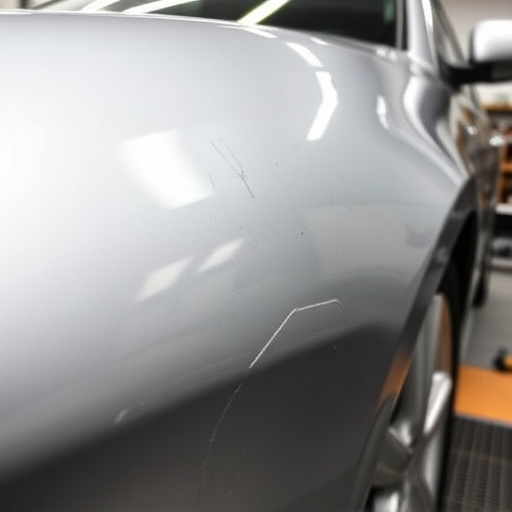
Silicon bronze welding offers significant advantages when it comes to minimizing heat-affected zones (HAZ) in various industries. The unique composition of silicon bronze, which combines copper with silicon, provides excellent thermal properties. Silicon acts as a solid lubricant during the welding process, reducing the heat input required for effective fusion. This is particularly beneficial in applications where maintaining the integrity of surrounding materials is crucial, such as in auto collision centers and paintless dent repair services.
Unlike traditional welding methods that can lead to extensive HAZ, silicon bronze welding results in a more localized heat impact. The lower temperature usage and improved thermal conductivity of silicon bronze help preserve the structural and aesthetic properties of components. This advantage makes it particularly attractive in industries where precision and minimal damage are essential, ensuring higher-quality outcomes for auto painting and other intricate fabrication tasks.
Effective Techniques to Minimize HAZ Further
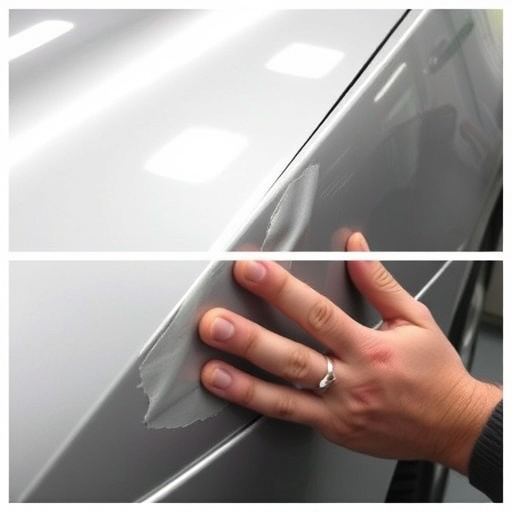
In the realm of silicon bronze welding, minimizing heat-affected zones (HAZ) is a delicate balance between precision and temperature control. One effective technique involves utilizing specific welding parameters tailored for this alloy. By adjusting the welding speed and applying consistent heat input, the impact on surrounding materials is reduced, thereby minimizing HAZ. This meticulous approach ensures that only the intended areas are heated, preserving the structural integrity of car body components in auto body services, much like a skilled artist carefully crafts a masterpiece without disturbing the background.
Additionally, preheating the workpiece before welding can significantly reduce HAZ formation. This preparatory step involves applying heat to the entire component, creating an even temperature distribution. As a result, the metal is less prone to sudden thermal shock during the silicon bronze welding process, commonly used in car scratch repair and car body repair scenarios. Such techniques not only enhance the quality of welds but also ensure the longevity of vehicle parts, making them reliable choices for auto body services.
Silicon bronze welding offers a significant advantage in minimizing heat-affected zones (HAZ) compared to traditional methods. By leveraging the unique properties of silicon bronze, such as its excellent thermal conductivity and resistance to corrosion, welders can achieve stronger, more durable joints with reduced HAZ. Combining this with effective techniques like optimized welding parameters and controlled cooling rates further enhances the integrity of welded structures, making silicon bronze welding a preferred choice for applications demanding high strength and longevity.
